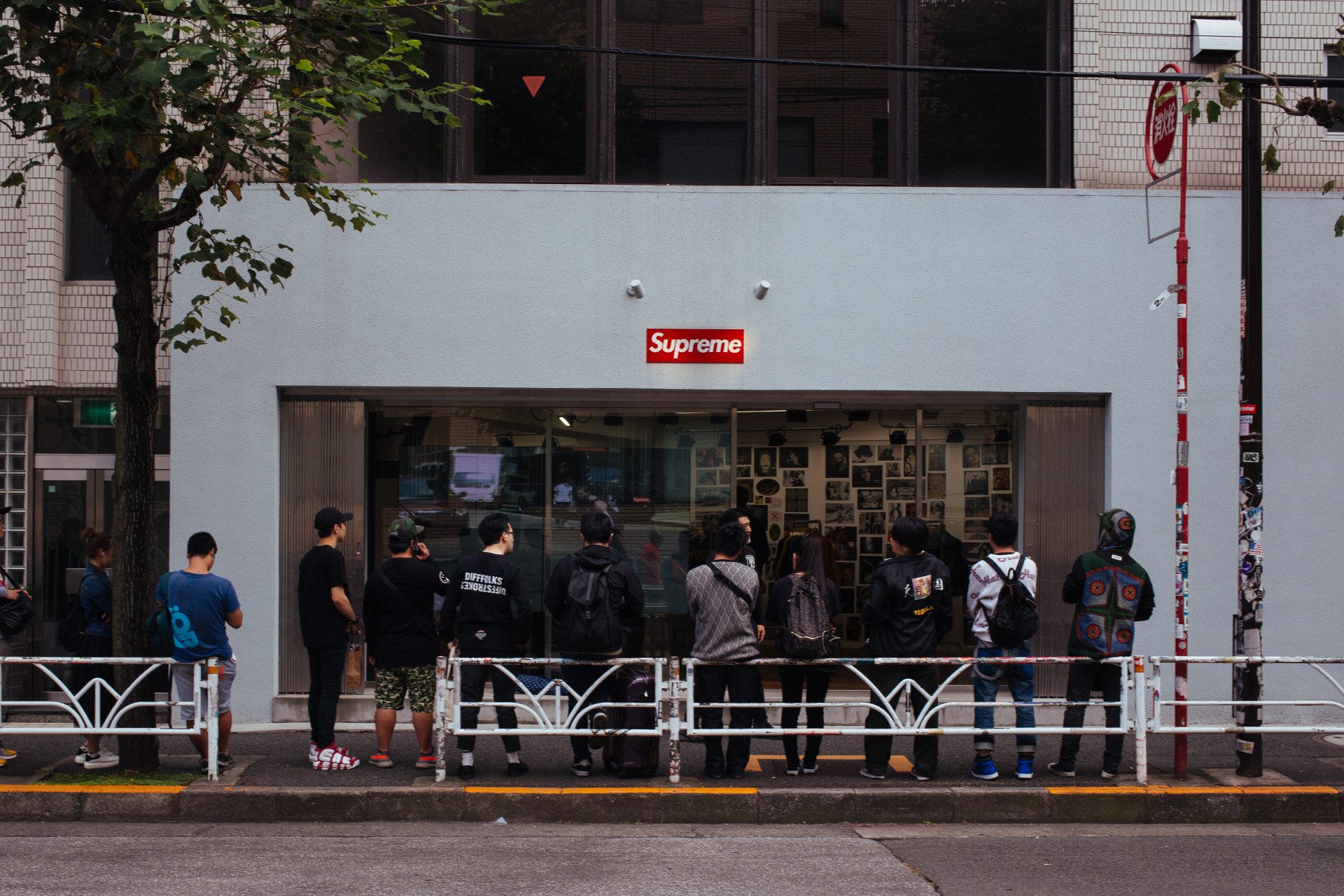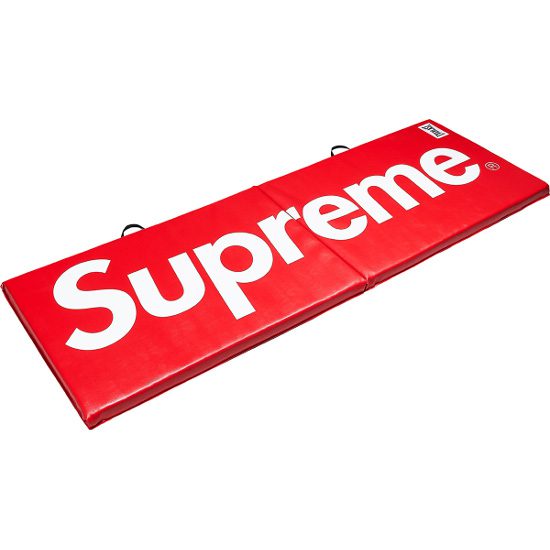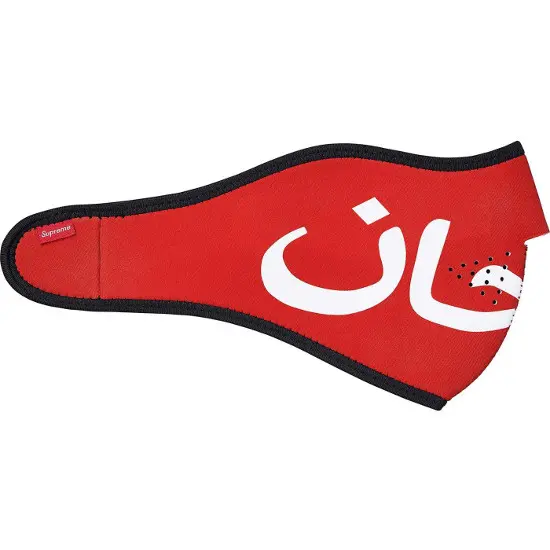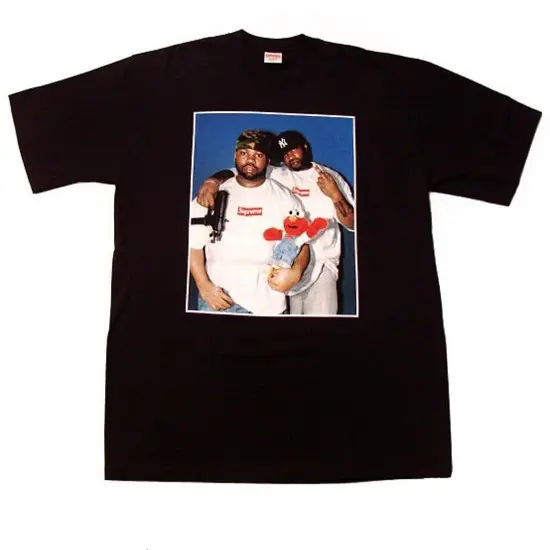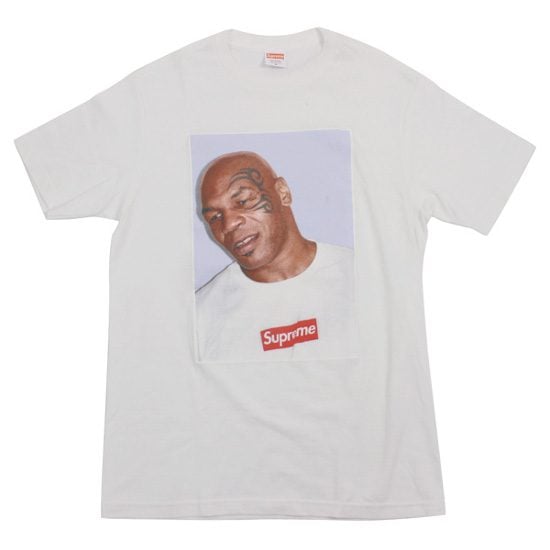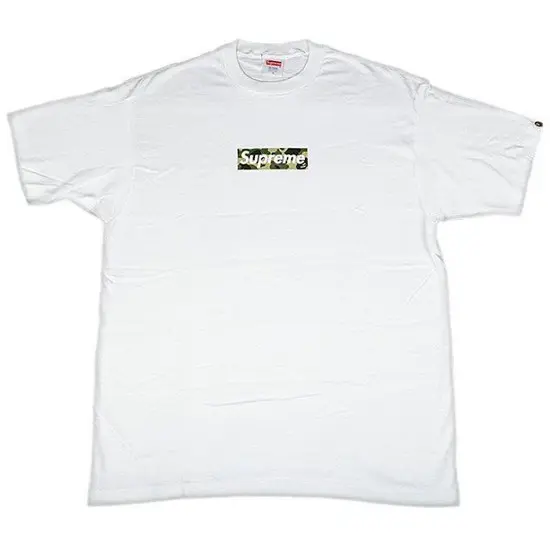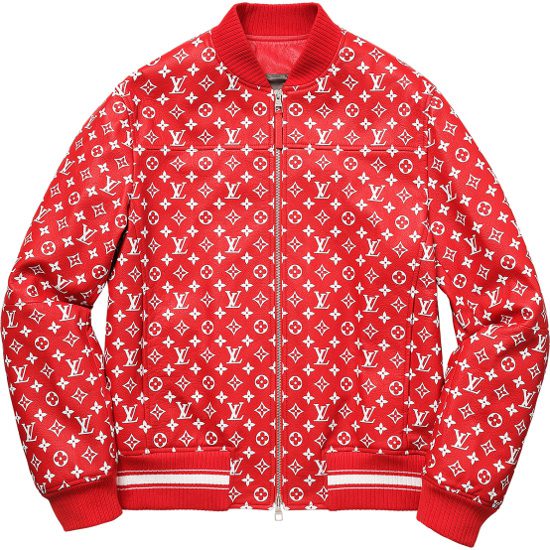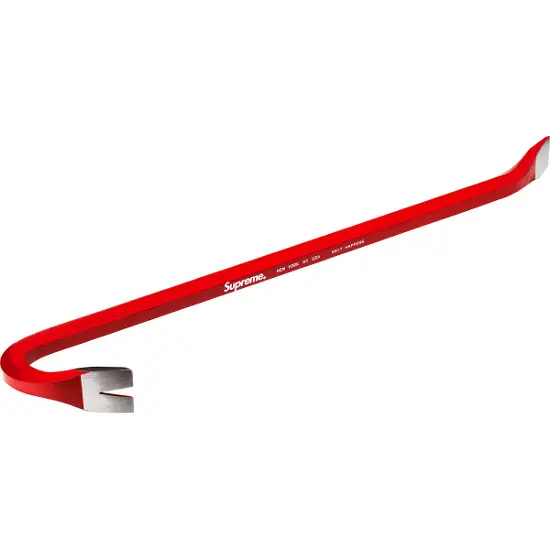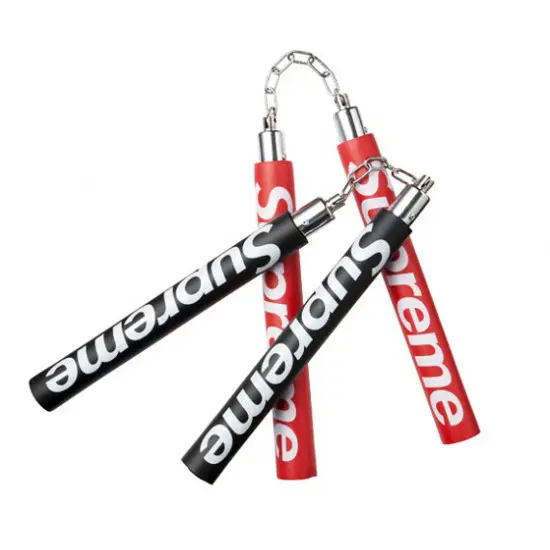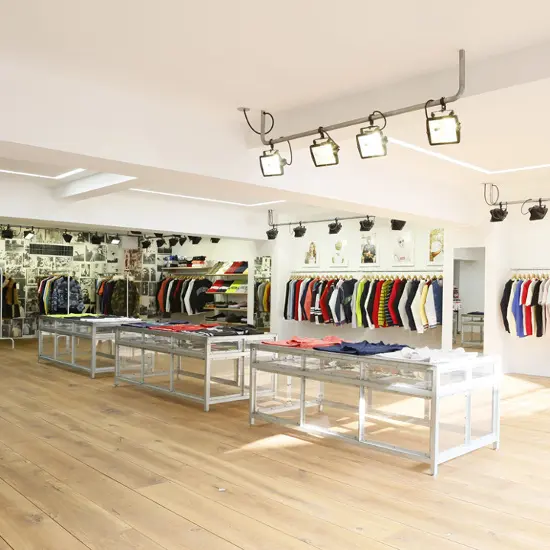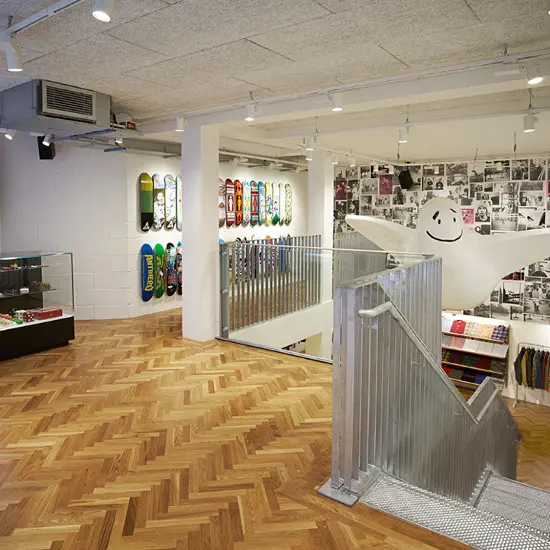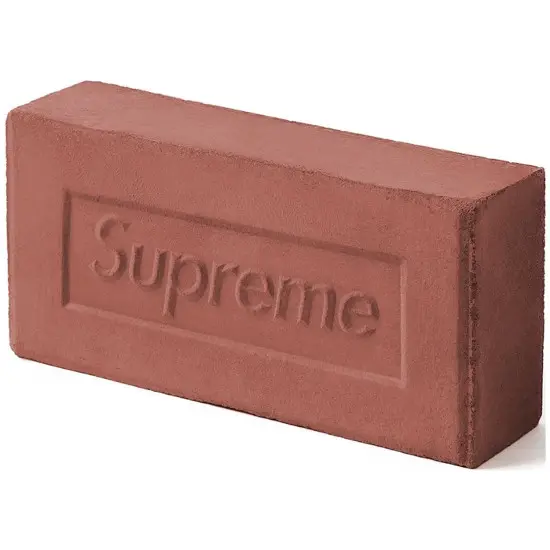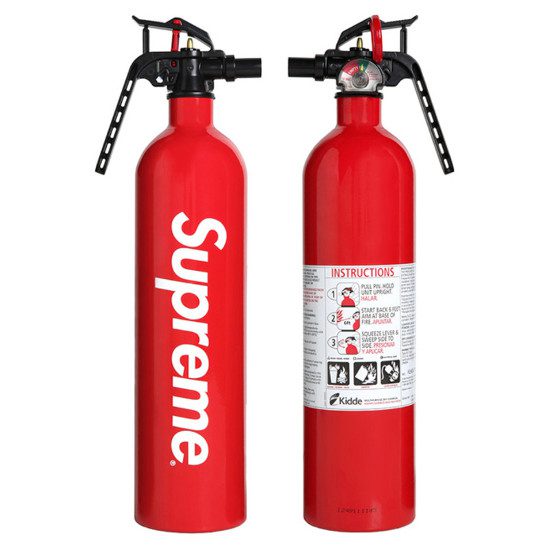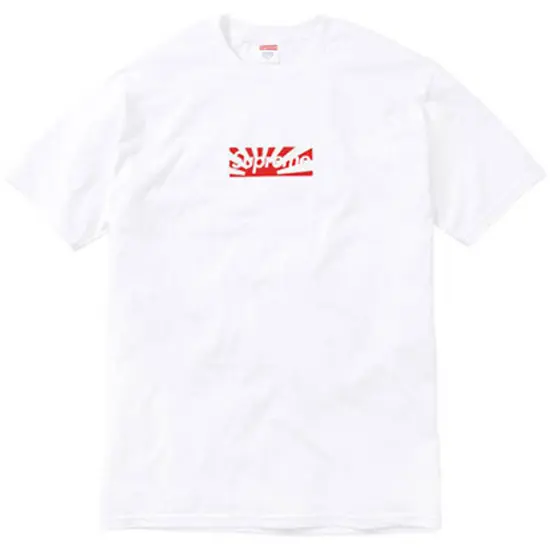Behind The Hype: Why Is Everyone So Crazy About Supreme?
Twelve hours. Sixteen hours. Twenty-four hours. These are some of the typical spans of time you’ll find up to hundreds of young, obsessively fashion-conscious individuals queued diligently along London’s Peter Street, New York’s Lafayette Street or Los Angeles’ Fairfax Avenue, among others. They’ll brave the cold, sleep rough if necessary (often to the annoyance of local authorities) and eagerly empty their bank account in an instant. They’re there for one reason alone: to spend as much money as they can on Supreme.
Dedication is an understatement – the devotion that so many young men (and it does always seem to be young men) have with Supreme is impressive to say the least, and bordering on religious. Those who wait in line – usually every Thursday following the release of a new collection – can’t even be sure of what they’re going to get their hands on. Some items, such as hoodies, jackets and t-shirts (particularly the coveted box-logo designs) command greater demand than others, but only the first few through the door will be able to get one. The rest make-do with whatever remains. Caps, boxer shorts, socks and wackier items – a Supreme branded winter sled being one of the latest – make up the remainder. They all, of course, sell out instantly.
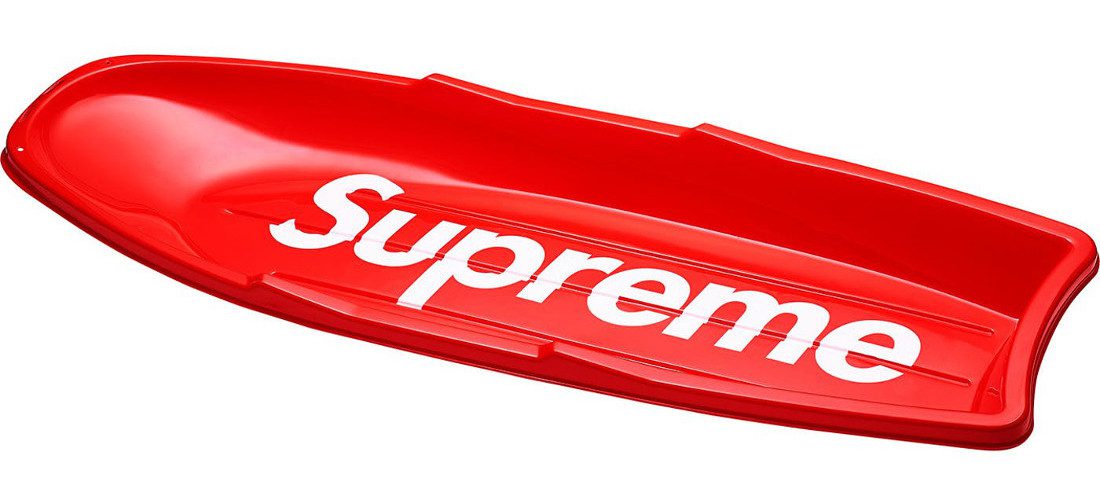
Top: Supreme Sled, FW17 | Bottom, Left: Supreme x Everlast Folding Exercise Mat | Bottom, Right: Supreme Arabic Logo Neoprene Face Mask
It’s hard to think of another brand, past or present, that has gained such unwavering allegiance. Sure, Apple’s most loyal consumers queue for hours to get their hands on the brand’s latest piece of tech, but you don’t find them proudly leaving the store with a MacBook when they came in desperate for the iPhone X. Why is everyone so crazy for Supreme, and how have the brand achieved such an unprecedented level of hype? To answer this question, we must first go back to the beginning.
In 1983, a 19-year old James Jebbia moved to New York and began working at a skate shop in the city. Towards the end of the decade and into the ’90s he started collaborating with experimental fashion brands, one of which happened to be Stüssy, another of today’s biggest streetwear labels. Finally, in 1994, he founded Supreme, and opened its first store on Lafayette Street, Manhattan. A label for skaters by skaters, the clothes were arranged around the edge of the store with a wide open space inside – you could skate in without even getting off your board.
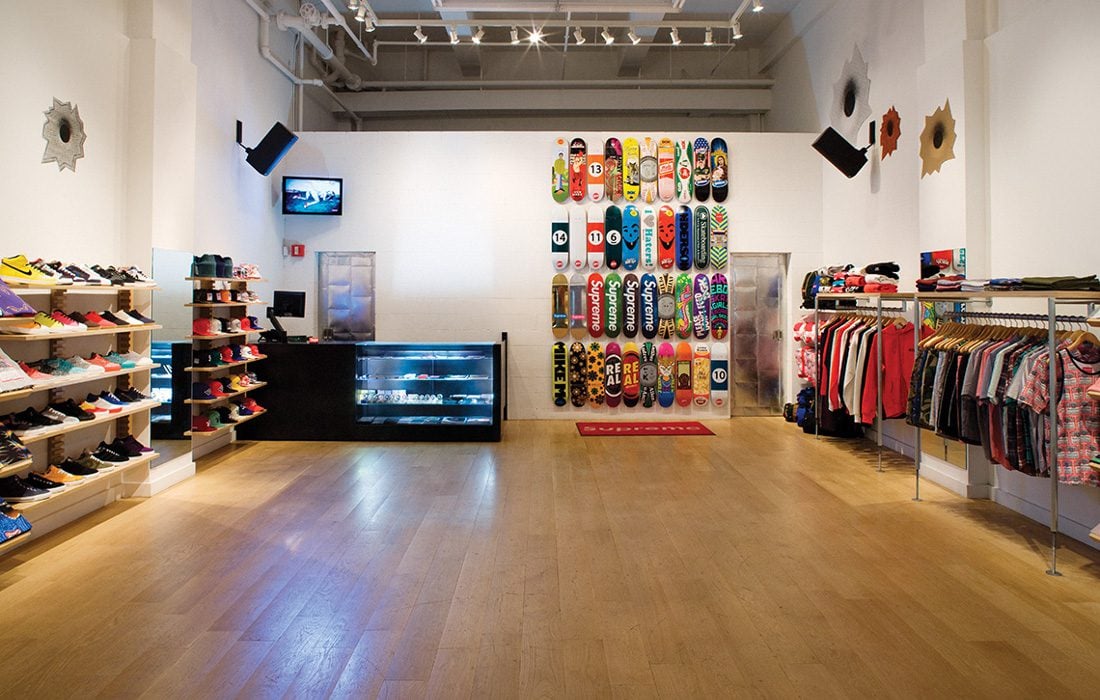
Above: Supreme’s first store on Lafayette Street, Manhattan
From its skating roots, a small team began to develop the streetwear style that Supreme soon became known for. Over the years that followed, the bold red and white logo was used alongside cultural icons spanning decades. Everyone from Kermit The Frog to Kate Moss to Juicy J to Mike Tyson appeared on Supreme releases. The Wu Tang Clan’s Raekwon was even featured alongside Elmo for a design that perfectly captured the identity of the brand: loud, shameless and subversive, yet immediately identifiable and always up-to-date. The social relevance and cutting-edge designs of Supreme gave it a strong foundation for growth, and quickly led it to be respected as one of the ‘realest’ brands out there. Free from corporate influence at the beginning, it was unique simply for the fact that the skater kids-turned-fashion designers subscribed to the same culture as the consumers.
This unique sense of style has certainly gained them a few fans over the years. Some of these are the casuals – those with a passing interest in fashion and streetwear culture who might buy a Supreme piece once or twice simply because it they think it looks good. And for the most part, Supreme’s clothing does look good, despite what many elitist detractors may tell you. There are countless celebrity Supreme fans too, and while seeing the likes of ASAP Rocky or Tyler, The Creator rocking your logo will always be enough to influence plenty of people to at least pay attention to your brand, it’s not enough to drive hardcore devotees to flock to your stores in their droves. By far the greatest testament to Supreme’s marketing genius, and the not-so-secret key to its astonishing success to date, is its notoriously strict adherence to exclusivity.
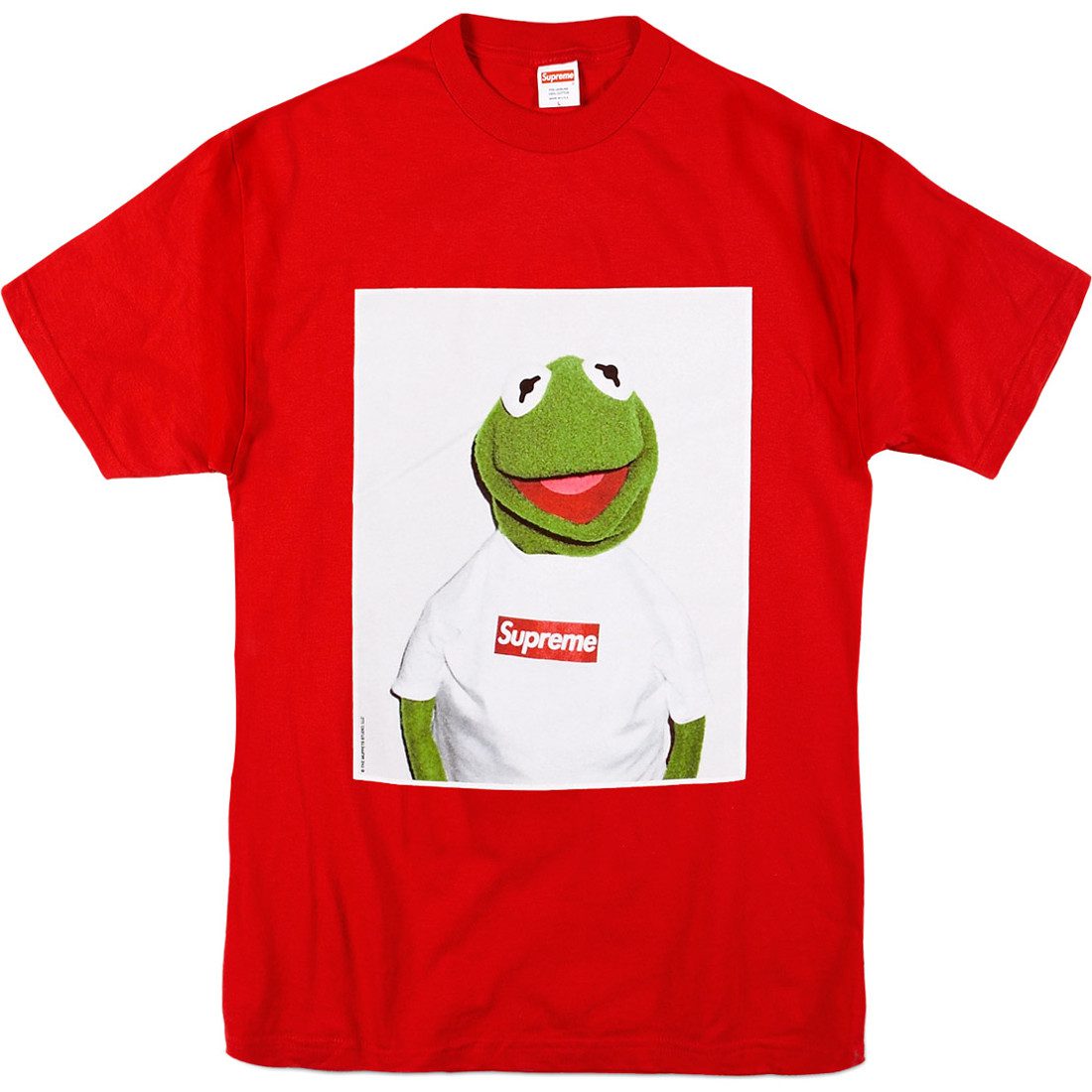
Top: Supreme x Kermit The Frog Tee, Red | Bottom, Left: Supreme x Raekwon x Elmo Tee, Black | Bottom, Right: Supreme x Mike Tyson Tee, White
Supreme’s business strategy is unlike almost anything else that exists today, although many other brands are beginning to learn from it. When a certain product from any of the world’s biggest companies experiences high demand, the company responds by making more of that product. Why not? More demand means more sales, and more profit with it. Supreme laughs in the face of this. If a piece from their latest drop is especially desirable, their philosophy is simple: never make it again.
It’s a philosophy that’s counterintuitive, but it’s also one that’s made them one of the most popular streetwear brands ever, and one of the most valuable, with an approximate worth of $1 billion. The fact of the matter is, there’s far less Supreme items in the world than there are people who want to buy Supreme items. It’s been that way since almost the very start, and the scarcity of product seems only set to increase in the foreseeable future as demand continues to grow while supply remains the same. For instance, Nike’s Jordan brand sneakers were, at one time, the most in-demand shoe on the planet. But as demand grew the brand responded with increasingly frequent releases (as explained here), leading their attractive scarcity to diminish. Sales dropped, and yet more releases were pushed as a response. It was a vicious cycle, and one that Supreme is the antithesis to.
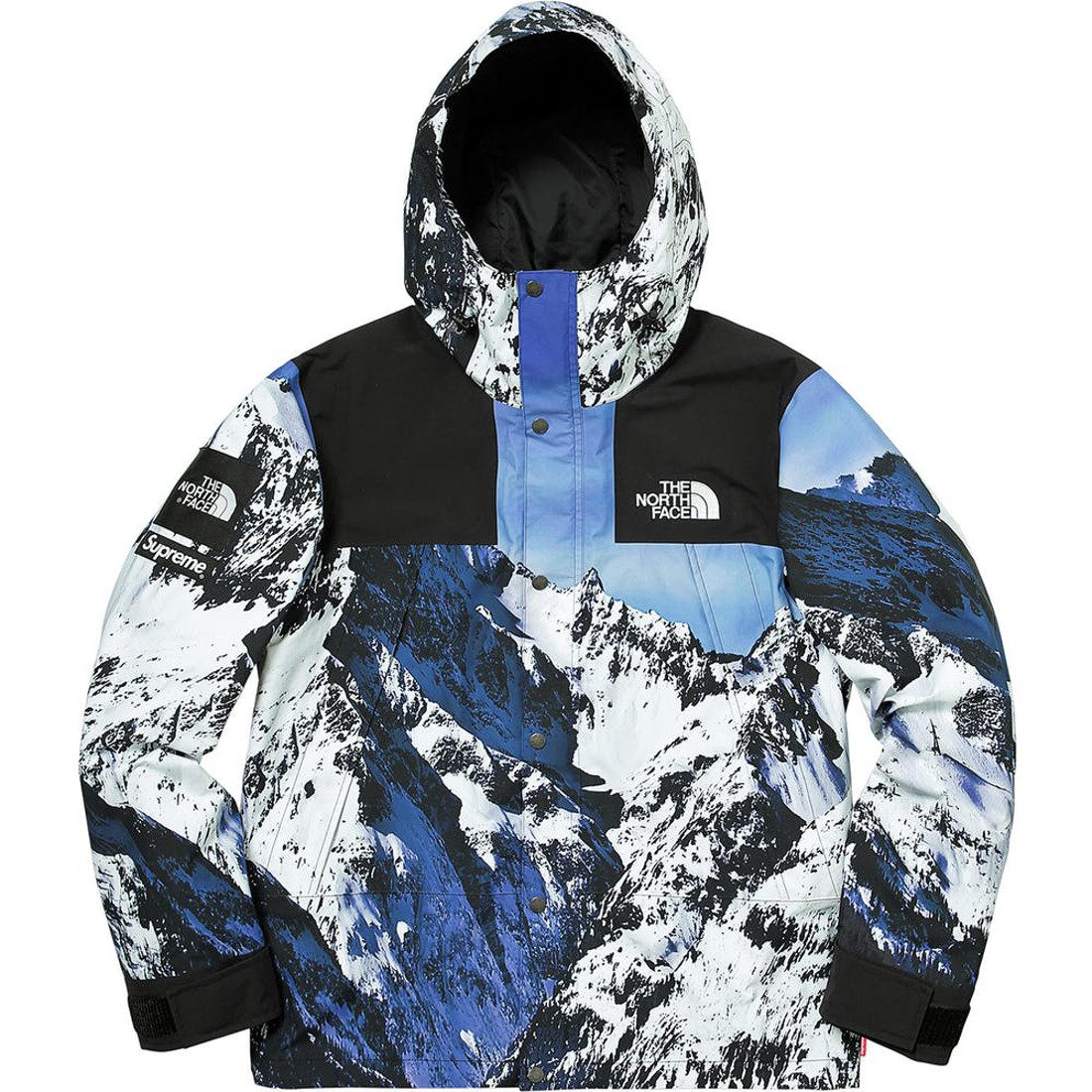
Top: Supreme x The North Face Mountain Parka | Bottom, Left: Supreme x A Bathing Ape Box Logo Tee | Bottom, Right: Supreme x Louis Vuitton Leather Baseball Jacket
The near impossibility to get the most desirable Supreme items is what leads fans to snap up anything they can get their hands on upon release, which in turn allows the brand to experiment with increasingly unconventional releases, strengthening their rebellious image. They’ll buy Supreme branded crowbars, fire extinguishers, incense sticks, nunchucks, money guns and bricks for exorbitant prices… and they’ll be overjoyed that they did. Collaborative projects with almost every big fashion brand under the sun boost this further; releases alongside The North Face, A Bathing Ape, Stone Island, Louis Vuitton and countless more are a win for everyone involved. Supreme maintain their cultural relevance by working with long-established labels, while the labels gain the prestige of collaborating with the most hyped brand of the moment.
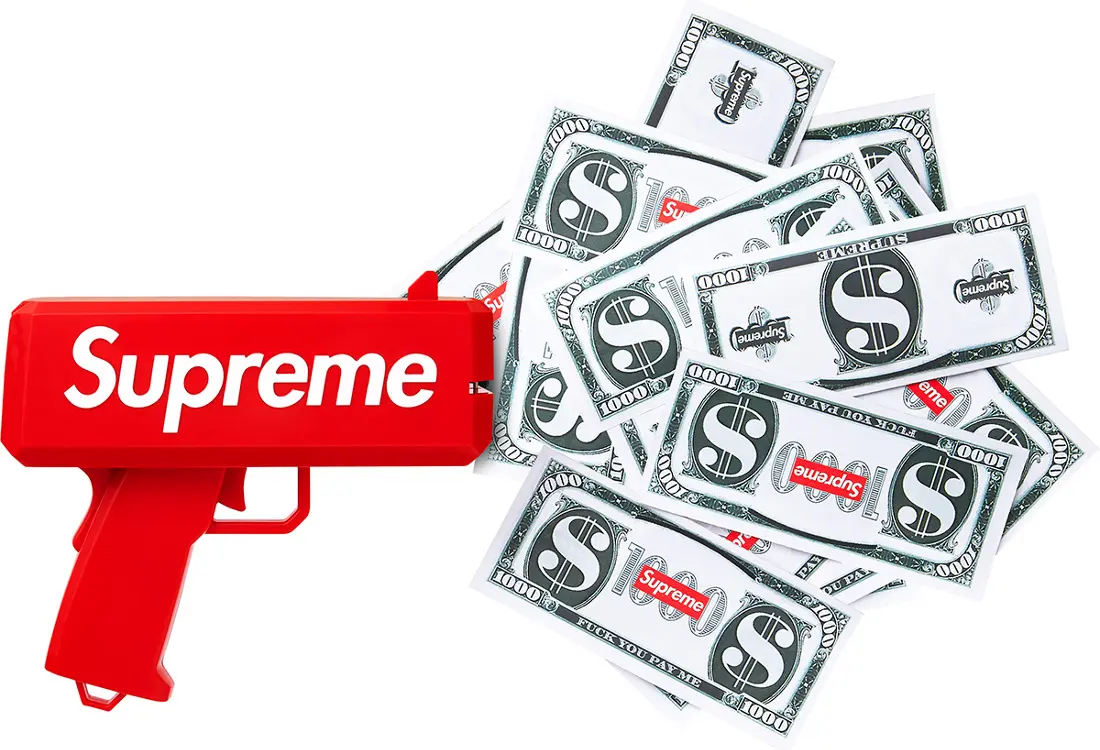
Top: Supreme Cash Cannon Money Gun | Bottom, Left: Supreme Crowbar | Bottom, Right: Supreme Nunchucks
Exclusivity is a mantra that is implemented even on the most literal levels. There are only 11 Supreme stores worldwide, the first being in the brand’s birthplace of Lafayette Street, New York, preceding others in Brooklyn, Los Angeles, London, Paris, and six in fashion-focused Japan. The brand say their hesitance to open more stores is due to their uncertainty that they will be successful in other markets, but in its current state, a Supreme store could open on the surface of the moon and there would still be a mile-long queue of 16-25 year old men enrolling in NASA programmes just for a chance of copping the latest ‘Preme drop. I suspect the brand know this as well as anyone, and recognise that the media attention given to those willing to travel hundreds if not thousands of miles to visit one of the few-and-far-between Supreme stores only increases their reputation for extreme desirability.
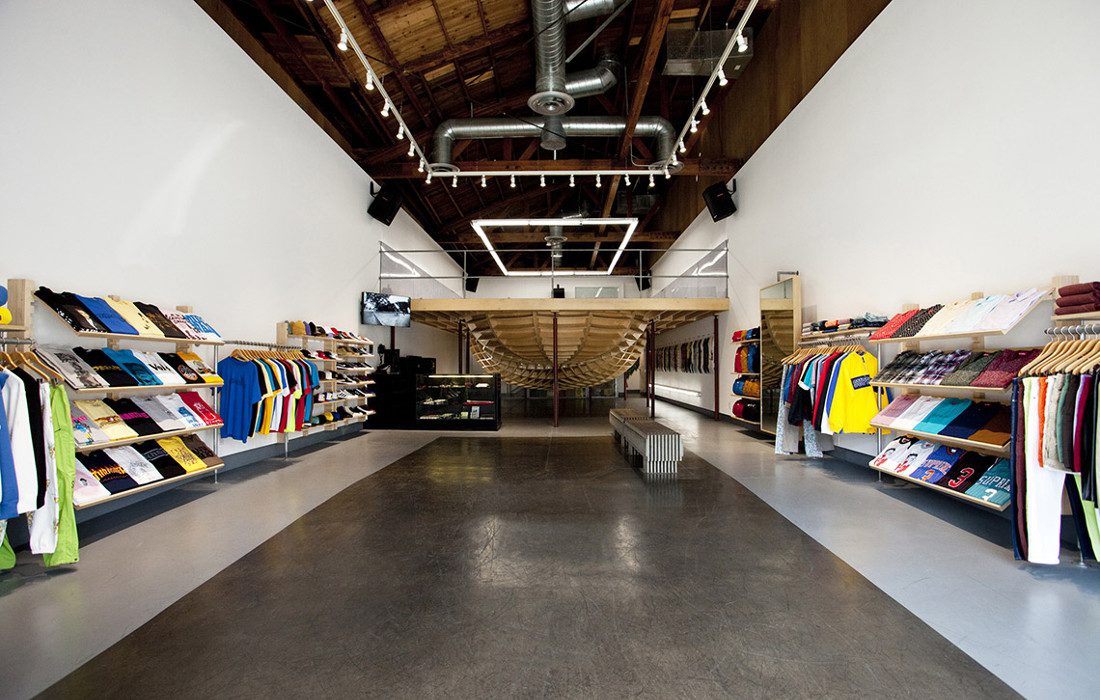
Top: Supreme Los Angeles | Bottom, Left: Supreme Tokyo (Harajuku) | Bottom, Right: Supreme London
But for all its benefits, this scheme also comes with its drawbacks. The online resale market for rare Supreme is a thriving cottage industry, with items being sold for at least twice their original value, and often much more. Since all of the brand’s products are guaranteed to sell out instantly upon release, Supreme is one of the safest investments a reseller can make for an almost guaranteed flip, and instant profit. For this reason, there are often as many people looking to make a quick buck in the queue at the latest Supreme drop as there are fans genuinely interested in buying the clothes to wear and keep. There are some who make their whole income by reselling Supreme items – the 10th anniversary Kate Moss t-shirt that retailed at $30 in 2004 regularly reaches prices around the $1,000 mark on the resell circuit. More recently, the Supreme branded brick that also sold for a retail price of $30 will cost you three to four times that today (if you’re crazy enough to actually buy one, that is).
Supreme themselves usually avoid commenting on the resale economy that revolves around them. In a perverse way, it could actually be good for them. A ‘one item per person’ limit is now set on new releases to prevent resellers buying out their stock completely, but it’s not hard to imagine how reselling could, strangely, work in the brand’s favour in the long run. If people are willing to pay double, triple or ten times the original price for one of their products, they must be cool, right? It strengthens the brand because they get a reputation boost, and it’s good for the resellers because they get a bank balance boost. The only victims of the process are, unfortunately, the company’s core fanbase, who might miss out on the latest jacket they queued overnight for because a reseller got there first, only to flog it to a lazier, richer buyer for a massive markup online.
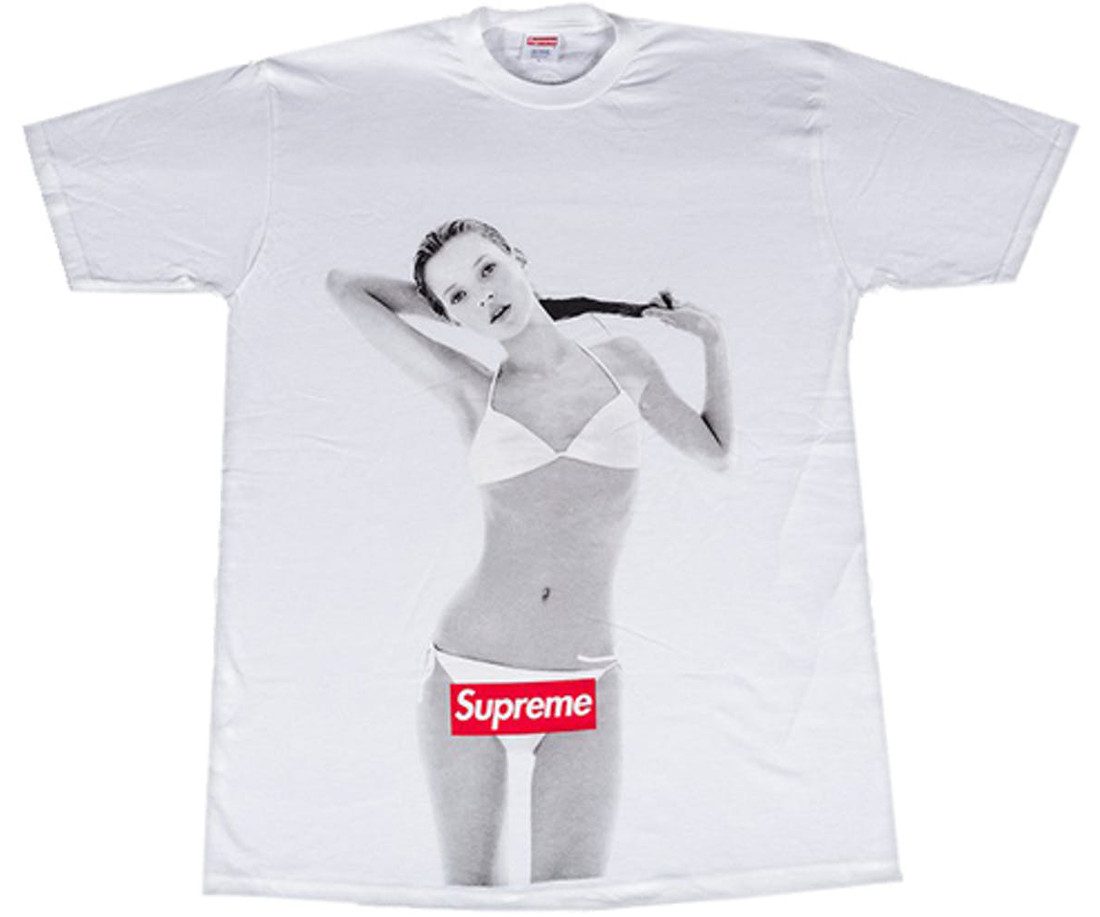
Top: Supreme x Kate Moss 10th Anniversary Tee | Bottom, Left: Supreme Clay Brick | Bottom, Right: Supreme Fire Extinguisher
But, when it comes down to it, what drives people to cough up these prices in the first place? Exclusivity is all well and good, and the feeling of knowing you have something that very few other people in the world have is understandable, but there are plenty of other brands out there that the average person on the street would find equally as cool upon seeing its logo emblazoned across your chest. In fact, for all their legendary status and reputation, outside of fashion and streetwear circles, there are still huge swathes of people who wouldn’t be able to tell Supreme apart from any other high street brand. Even those who can tell the difference would never be able to distinguish between the expensive real-deal and a cut-price yet deceptively well-made fake, unless they were a real fanatic.
And fanaticism is possibly the essence of it all – streetwear obsessives want to impress other streetwear obsessives. They don’t care what the casuals think of their latest cop, provided the occasional “Is that a real box logo tee?” comment is thrown their way by other like-minded superfans. While it’s easy to criticise this tribalist mindset, it’s a mentality that comes naturally to us as humans, and has been around for countless years. Just as wearing the jersey of your favourite sports team to the next home game shows you’re a part of the group, wearing Supreme to the release of the new collection displays the same message. By wearing Supreme, you understand the culture, the references, the celebrity, the style and the movement. Even if you don’t, everyone thinks you do anyway. You get it… whatever it is. The price too, as extortionate as it usually becomes, contributes to this attitude – “If I’m willing to throw away hundreds of dollars on a t-shirt, imagine how crazy the rest of my life must be!”
For all its vanity, groupthink and endless consumerism, you have to sit back and commend Supreme. They’ve had their fair share of criticisms levelled at them, but at the bottom of it all is a brand so phenomenally strong that thousands upon thousands of die-hard subscribers will keep coming back for more no matter what, with the number of devotees growing exponentially by the day.
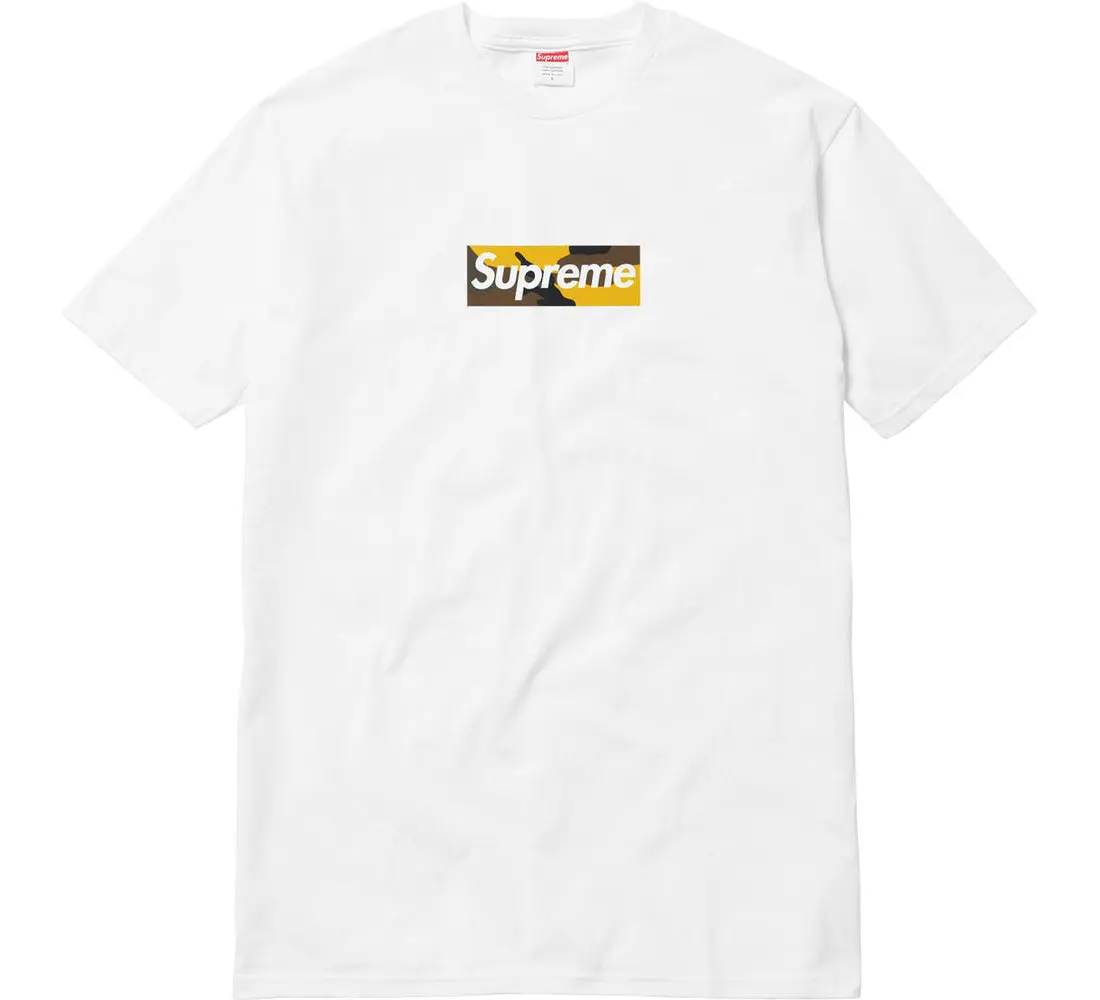
Top: Supreme Brooklyn Box Logo Tee | Bottom, Left: Supreme Rising Sun Box Logo Tee | Bottom, Right: Supreme Box Logo Tee
There have been times when Supreme have used their fanbase to help a good cause too, and this is worth commending. In October 2017, the brand released its extremely popular and exclusive Brooklyn box logo tee online for $54, with all of the proceeds being donated to the Puerto Rico hurricane relief effort. In 2011, a rising sun box logo tee was also released, with the money going to the Japanese Red Cross Society following the earthquake that devastated the country in that year. It’s easy to pass this off as an quick way to score PR points, but who cares when it’s also raising a ton of cash for charity?
With profits rising and demand growing, the challenge for Supreme going forward is discovering how to get more of their product to the consumers who yearn for it without damaging their reputation for stringent exclusivity. It’s ironic really – by releasing less, their reputation and fanbase grows, but this sequentially increases demand, thus forcing them to release more.
This unusual Catch-22 situation is the challenge the brand will need to overcome to cement their place at the top on a more long term basis, and it’s one they already seem to be beginning to tackle. The slow but steady opening of new stores in recent years has gone some way to increasing supply, but even this small change risks damaging their mythical status. There’s also the growing number of anti-fans – those who, in a strange feat of mental gymnastics, see Supreme as so cool that it’s actually not cool at all anymore.
These however, remain vastly outnumbered by the usual dedicated followers, and as long as these exist, Supreme will thrive. Love them or hate them, Supreme are a brand at the very top of their game, and it’s hard to see them going anywhere soon.
